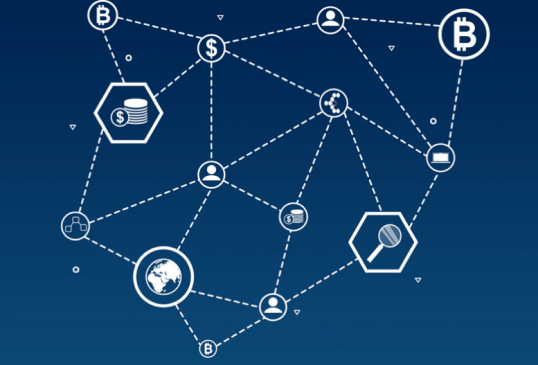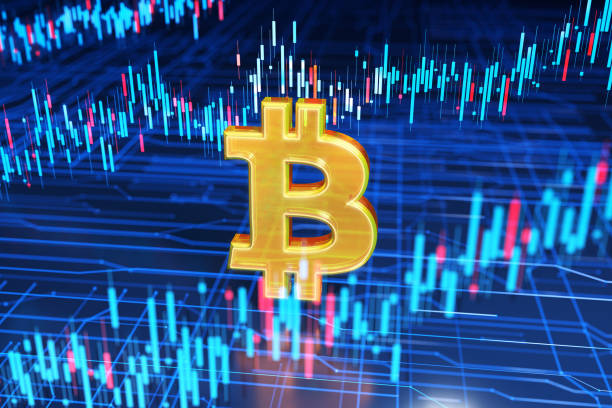Visa announced today that it is entering the $125 trillion money-transferring market and using blockchain technology to do so. Its new product, Visa B2B Connect, is newly launched and allows businesses to transfer money across the globe faster and safer.
Let’s check this out.
Visa B2B Connect
The company has its sights set on cross-border, business-to-business (B2B) transactions, where banks transfer money on behalf of corporate customers. The global money behemoth is using blockchain in order to make these payments faster, cheaper, and more transparent.
Its newly launched distributed-ledger called B2B Connect looks after direct bank connections. The benefits of the ledger mean that financial institutions can see payment fees upfront and transactions are settled quicker, in as little as one to two days.
According to Forbes:
“The B2B Connect rails are new, so Visa isn’t leveraging the ubiquitous credit card rails it has spent decades building and maintaining. But it is leveraging its vast experience in areas like complex payments, cybersecurity, and compliance.”
Hyperledger Fabric
Visa’s B2B Connect is built using the Hyperledger Fabric—the blockchain software developed by IBM and hosted by Linux. The blockchain system has taken two years to launch.
However, unlike cryptocurrency-based blockchains, Visa’s B2B Connect isn’t decentralized. The payment processor has complete control over it.
According to Kevin Phalen, Visa’s global head of business solutions, the product is focused on B2B transactions of $15,000 and up. This represents approximately 10% of the $125 trillion cross-border market.
The blockchain payment service is partnered with FIS, a payment processor and financial technology provider to more than 20,000 financial institutions. As such, Visa will have access to FIS’s client list who can choose to use the Visa B2B Connect for payments.
>> Litecoin Continues Its Robust Performance, Hits New 52-Week High
At present, most cross-border payments are mainly facilitated by the Society for Worldwide Interbank Financial Telecommunication, or Belgian organization Swift. However, the system is problematic as few banks are connected directly to each other. This means payments have to hit several banks on the journey with each one taking an extracting fee. The process is also much lengthier.
Forbes describes further: “It’s also difficult to track the transfer’s progress and predict how much it will cost, including what foreign exchange rate you’ll get.”
Featured Image: DepositPhotos © kongvector




